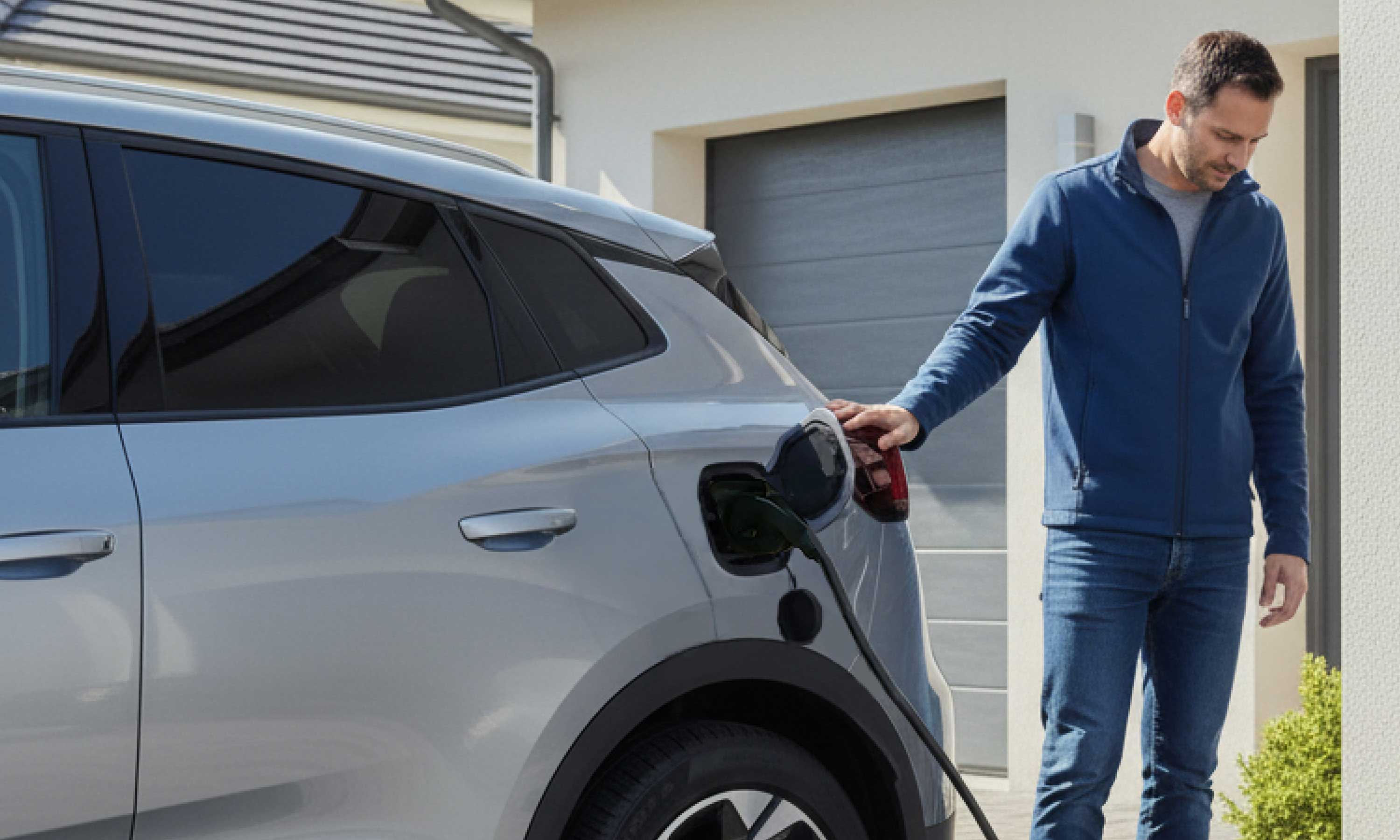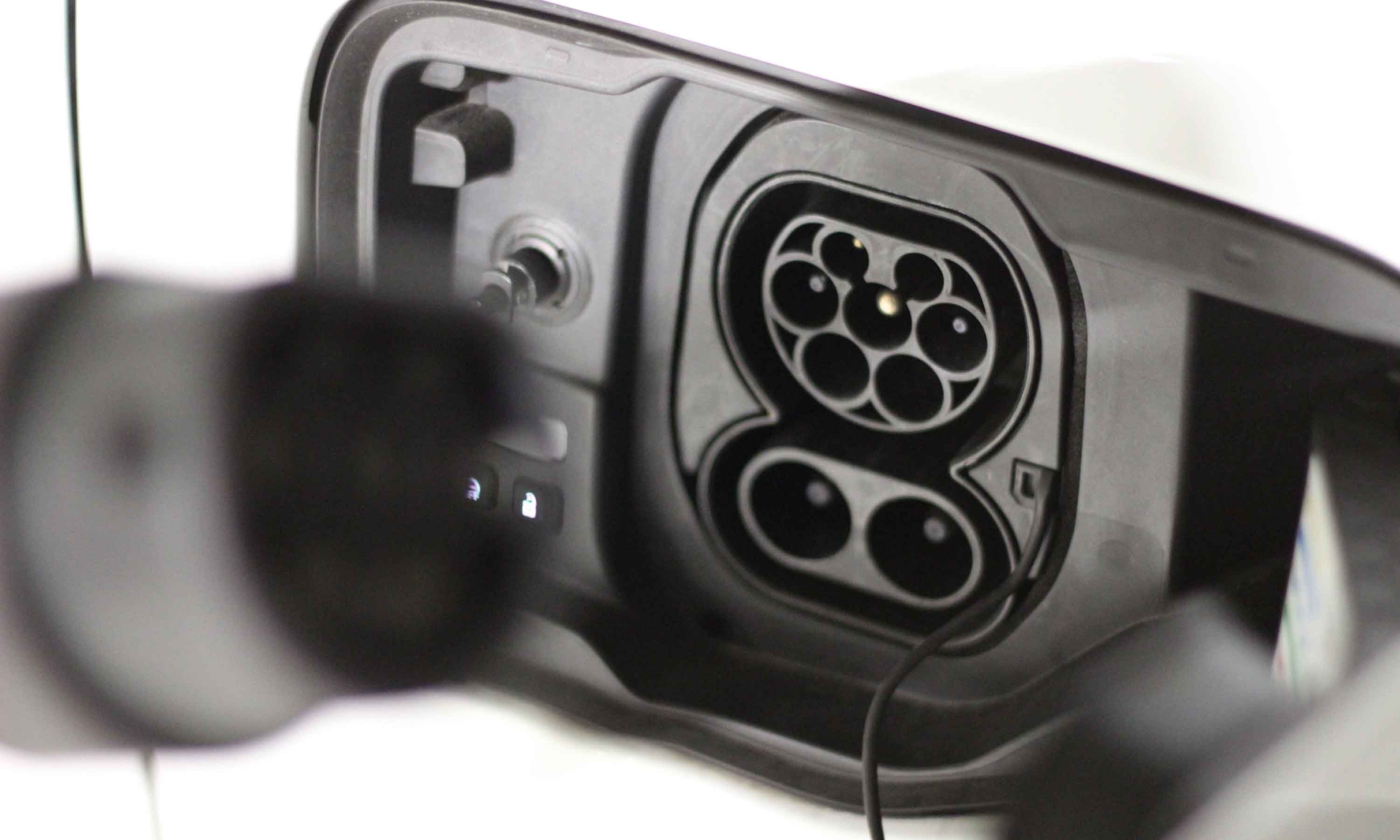As electric vehicles become more widespread, the need to evolve charging is growing. Most drivers still need to be plugged into a charging station, but a new solution has recently emerged: inductive charging. This wireless technology allows EVs to charge without even plugging in. But how does it work—and is it really the future of mobility?
Inductive charging technology for EVs: what is it?
Inductive charging, sometimes called ground-based charging, is a fancy name for this wireless method of transmitting power from a charging mat built into the floor and a receiver located at the bottom of an EV. It works through electromagnetic fields and allows the car to be easily charged by parking on the mat—no plugs, no cables, no manual labor required.

This technology has been implemented in devices such as smartphones and electric toothbrushes, but it has made significant progress. It is currently being tested and developed for use in electric cars, buses, and even taxis.
It sounds simple in execution, and the potential is enormous: frictionless charging could become the new standard in the EV world.
How does wireless charging work?
The principle of magnetic resonance is at the heart of inductive charging. An electric vehicle charging station with a floor mat features a horizontally placed charging mat that generates an alternating electromagnetic field. When an electric car with a compatible receiver is placed on top of it, the field transfers energy wirelessly to the vehicle's battery.
The process can be divided into three main components:
- The charging mat: embedded in the floor of a garage, a public parking lot, or perhaps even a road;
- The vehicle receiver: mounted under the EV, directly aligned with the carpet;
- The power control unit: regulates the current flow and ensures the transfer of energy within safe parameters.
📌 Good to know: Proper alignment is crucial! If the vehicle isn't properly positioned, efficiency drops dramatically. But current systems work best when the EV is parked directly over the mat—although newer models already incorporate automatic alignment aids.
Advantages of induction charging
→ Unparalleled convenience 🚀
Say goodbye to struggling with messy cables or checking outlet compatibility. Simply park and charge. Whether at home, at work, or in a public place, it becomes a natural and intuitive process.
→ Cleaner and safer charging 🔒
Without a physical connection, the connectors don't wear out. There's no risk of tripping over a cable or damaging the ports during a storm. For urban infrastructure and shared mobility, this means fewer maintenance issues and safer charging spaces.
→ A more elegant EV experience ✨
Inductive charging reduces vehicle design clutter by eliminating the need for plug-in hardware. It can also help reduce the weight of electric cars by eliminating internal charging hardware and thick wiring harnesses.
→ Future-proof integration 🏙️
Induction systems can be invisibly integrated into surfaces—parking mats, garages, and even roads—offering cities and private homeowners a seamless way to support electric mobility. It's a powerful driver for retrofitting or installing a charging station for what's to come.
Current limitations and challenges of inductive charging
→ Environmental impact 🌍
Inductive charging requires the use of specific materials whose production, transportation, and, especially, recycling pose environmental challenges. The ecological impact of manufacturing mats and receivers, often made from rare and expensive materials, as well as their end-of-life, must be carefully assessed to avoid new environmental issues.
→ High installation and charging cost 💸
The initial cost of installing an inductive charging infrastructure remains very high, representing a significant barrier, particularly for individuals in single-family homes. In addition, maintenance costs and energy losses, which can sometimes be higher than those of traditional solutions, can result in significant overall expenditure, hindering its rapid adoption.
→ Limited compatibility of current EVs 🚗
Currently, very few electric vehicles are designed or equipped for inductive charging. Car manufacturers have yet to widely integrate this technology into their mainstream models, which severely limits the number of potential users and significantly slows the expansion of this charging method.
Wiring the Future: Dynamic Inductive Charging
What if you could charge your electric car while driving? That's the promise of dynamic induction charging—a next-generation technology that would turn the very road you're driving on into a vast charging mat!
Instead of stopping at a charging station, vehicles with dynamic receivers can recharge their batteries on the go, driving on roads equipped with special charging lanes.
However, while this approach is particularly innovative, it remains experimental to date. Its large-scale deployment still depends on numerous technological advances, as well as significant economic investments, before becoming a reality accessible to the general public.




Leave a comment